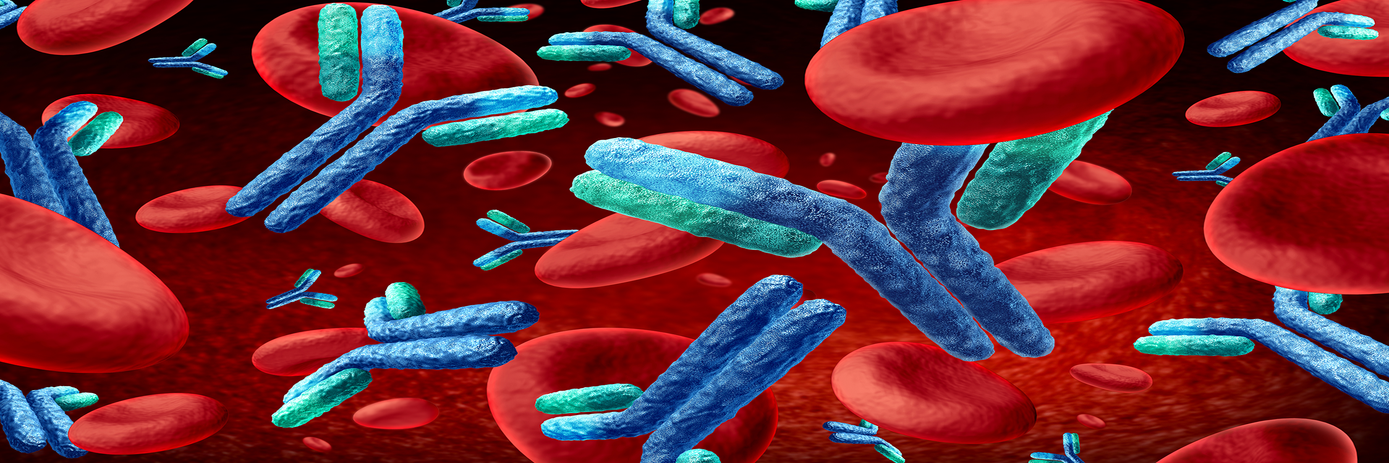Although cancer treatment has come a long way in recent years, prognosis for individuals with brain cancer still remains poor. For the most prevalent and aggressive form, glioblastoma, there is currently no curative treatment available.
One of the major challenges to treating brain cancers is the inability of drugs to penetrate the blood-brain barrier (BBB) effectively. This semi-permeable membranous barrier plays a key role in controlling what passes from the blood to the brain. While this has benefits when it comes to toxins and pathogens, it presents a significant obstacle when it comes to drug delivery.
An interesting observation is that the BBB becomes ‘leaky’ in brain cancers and, as the disease progresses, the normally tight junctions between the cells start to expand allowing larger and previously excluded particles to cross this barrier. This presents a potential window of opportunity for drug delivery.
Drug delivery at nanoscale
Many groups are exploring the use of nano-sized particles as drug delivery vehicles across the leaky BBB. However, researchers not only need to ensure that the medicine crosses the BBB, but also that it penetrates through the breadth of the tumor tissue.
The uptake and accumulation of nanomedicines is dependent not only on their size, but also their composition, shape, rigidity, and architecture. But one of the key benefits of using nanoparticles is the flexibility in their design – they come in a plethora of shapes, sizes, and chemical formulations. This means they can be fine-tuned to enhance therapeutic efficacy.
The characterization and preclinical assessment of nanomedicines targeting brain cancer can be assayed using complex in vitro transmembrane models to simulate the BBB, cellular assays, or more commonly, in vivo models with mice bearing orthotopic (intracranially administered directly into the brain) or subcutaneous tumors. These models, however, are at best only surrogates that cannot provide conclusive information about tumor leakiness due to the fact that they are either set up in culture in the lab (removed from the brain) or their unnatural implantation perturbs the BBB.
One solution is to use genetically engineered models which grow tumors without xenograft implantation. These spontaneous glioblastoma models can help gain more understanding of the interplay between nanomedicine properties and BBB fidelity in brain cancers. They can also provide more conclusive answers to pathophysiology-related questions such as the influence of tumor leakiness.
Understanding the uptake of nanomedicines at different stages of brain cancer
In a recent study, a team of researchers based at the Centre for Advanced Imaging at the University of Queensland in Australia used a spontaneous and endogenously derived glioblastoma model to assess how the properties of custom-designed nanomedicines affected uptake and retention in brain tissue. The team used various pre-clinical in vivo imaging techniques to explore the uptake of these nanomedicines at different stages of brain cancer.
We recently spoke with three of the study’s authors – Professor Kris Thurecht, Dr. Zachary H. Houston, and Dr. Nick Fletcher – about the rationale behind their scientific approach and how the findings from their research could help increase the effectiveness of potential nanomedicine being developed for individuals with brain tumors. Among its key findings, they observed how the accumulation of nanomedicines in brain tumor tissue is better correlated with the leakiness of the BBB than actual tumor volume. Their spontaneous tumor model also clearly showed how smaller nanomedicines more effectively cross the BBB and accumulate in tumors at earlier stages of the disease compared to larger analogues that relied on the additional time within the course of disease to naturally enhance the leakiness of the BBB.
By evaluating the retention of these nanomedicines and establishing a relationship between structure, tissue accumulation, and BBB leakiness, their work advances the field’s ability to inform and leverage the optimal timing of nanomedicine administration as more therapies enter a clinical setting.
Revvity Inc. does not endorse or make recommendations with respect to research, medication, or treatments. All information presented is for informational purposes only and is not intended as medical advice. For country specific recommendations, please consult your local health care professionals.

































